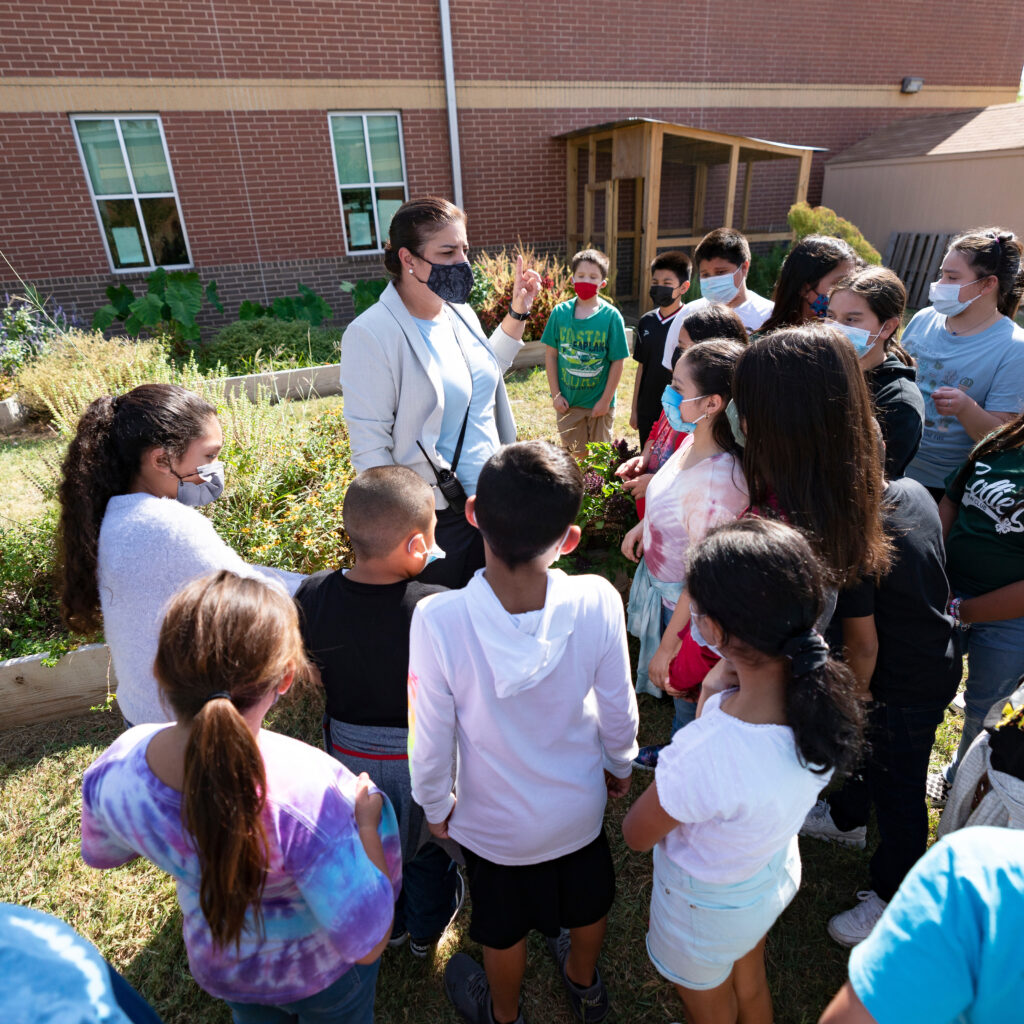Bradberry-Sequor Youth and Experience Design Laboratory

Overview
Contact
College Station, TX 77843-2261
By Appointment Only
8:00am – 5:00pm, Monday- Friday
The Bradberry-Sequor Youth and Experience Design Lab is housed within the Department of Recreation, Park and Tourism Sciences at Texas A&M University. Funded by a generous endowment from the Sequor Foundation in honor of Elda K. and Joseph Bradberry, the mission of this lab is to discover, apply, and disseminate knowledge for youth organization managers to use when elevating the quality, efficiency, and impact of their organizations.
Housed within the Bradberry Youth and Experience Design Lab website are educational resources for both professionals and parents, tools to support and assist youth organization managers in evaluating their programs, and links to youth serving organizations located across the Brazos County.
More choices in Child Safety
- Course
Learning environments and intentional teaching are key aspects to any successful early childhood program. Home-based child care has unique settings and specific requirements to ensure the daily activities are conducive to positive learning outcomes for children in your care.
- Course
Starting a new home-based child care business involves making a number of decisions including the type of home-based child care to operate and how to incorporate best practices.
- Course
Health and safety of children in care is the #1 priority for all early childhood professionals. Home-based child care has specific requirements that must be addressed to ensure health and safety practices are properly integrated into a home-based child care.
This 2-hour course is for prospective home-based child care business owners and will introduce some of the health and safety standards, best practices, and ways to properly implement these in your home-based child care. - CourseSafe Cleaning for COVID-19: A Child Care Home’s Guide to Safe Cleaning, Sanitizing, and Disinfecting
This online course reviews safe cleaning, sanitizing, and disinfecting methods. The goal of the course is to reduce the spread of COVID-19 through best practices. This training emphasizes regulatory requirements, best practices, and steps for reducing or preventing contact with harmful chemicals.
- Course
Protecting the well-being of children should be the first priority of any child care program, and one that cannot be taken lightly. Injuries cannot always be prevented; however, providing a safe environment along with careful supervision greatly decreases the likelihood of a child becoming injured while in your care.
- Course
This course covers handling, storing, and disposing of hazardous materials. Knowing the risks associated with poisoning, taking steps to minimize them, and having a plan are critical to upholding the commitment to providing a safe environment.
